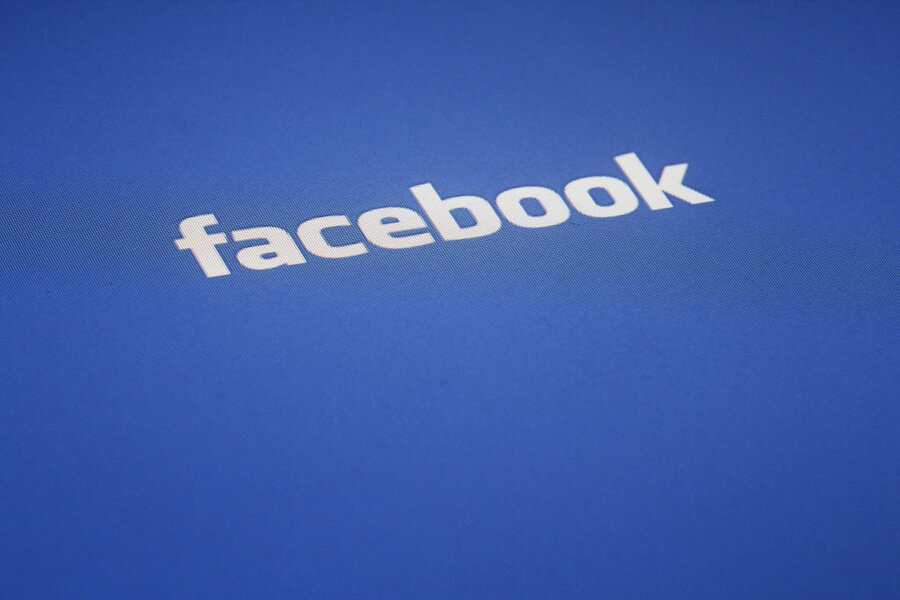Facebook has 'more work to do' in developing workplace diversity
Loading...
Facebook has released its employee demographic data for the second year in a row in an update of the progress of its diversity initiatives.
Overall, the company is 68 percent male and 32 percent female, slightly shifting from 69 and 31 respectively last year. The same percentage of employees are hispanic, black, Pacific Islander, or American Indian as last year, but a greater proportion of Asians now make up the company’s work force.
Looking higher up in the corporate food chain, the overwhelming majority of Facebook’s executives are still white and male. Among senior leadership, 73 percent of employees are white and 77 percent are male.
Diversity is not an issue unique to Facebook, and many of the company’s competitors in the tech industry face the same issues as the social media network does. Google, Twitter, and LinkedIn, all have workplaces that are predominantly male and white or Asian. Less than 10 percent of the employees of these companies are black, Native American, Pacific Islander, or Hispanic.
According to the Anita Borg Institute, a nonprofit that promotes the advancement of women in technology, women only make up a quarter of the technology industry workforce. In senior positions, they make up 17 percent, and in executive roles, 12 percent.
This year’s shift in Facebook’s workplace diversity was described as “positive but modest change” in the report.
“While we have achieved positive movement over the last year, it’s clear to all of us that we still aren’t where we want to be. There’s more work to do,” writes Maxine Williams, the company’s global head of diversity.
Last year, the company announced a number of programs dedicated toward increasing the diversity in larger tech industry including partnering with Anita Borg Institute, National Center for Women & Information Technology, National Society of Black Engineers, and Society of Hispanic Professional Engineers.
The tech leader has also been focused on expanding “Facebook University,” an internship at the company focused on college freshmen from underrepresented groups who demonstrate an interest in STEM fields or computer science.
This year, they announced a new slate of programming and strategies intended to make their workplace more diverse. One idea is piloting a diverse slate approach for hiring, in which the company ensures that at least one of the prospective hires for a position comes from an underrepresented group.








